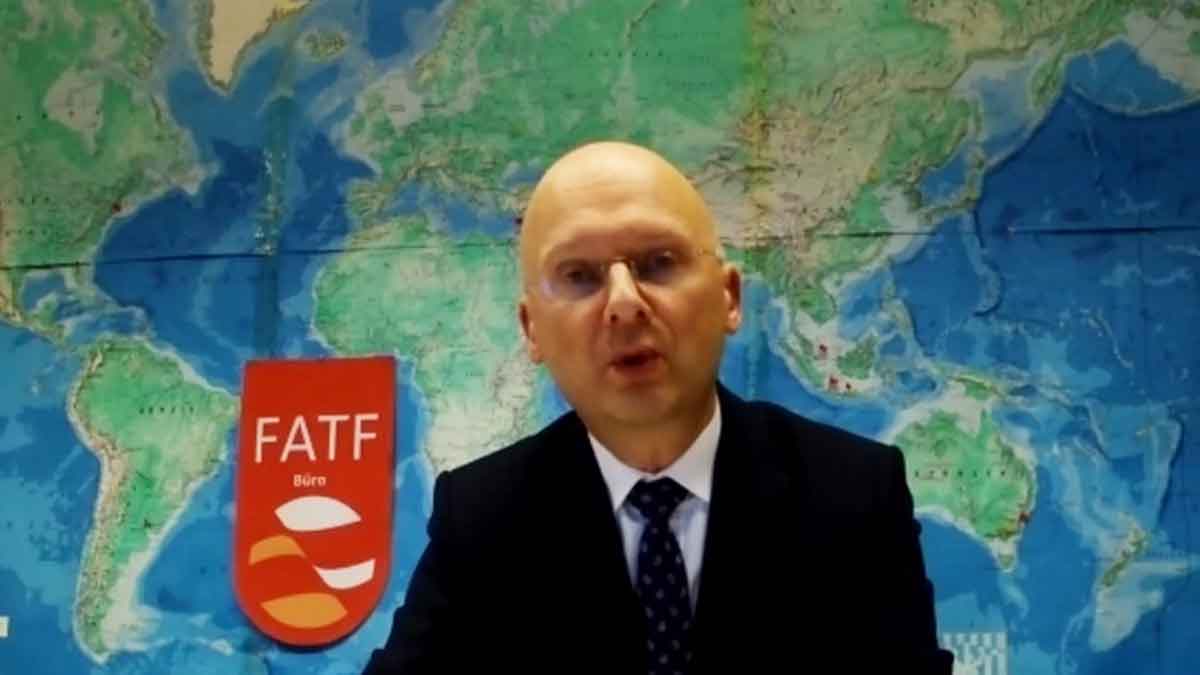Pakistan has been removed from the Financial Action Task Force’s (FATF) “grey list” in recognition of its efforts to combat money laundering and financing of terrorism.
The FATF praised Pakistan’s efforts to curtail terrorist financing and meet all requirements in advance, according to a statement they released.
Pakistan had to follow a 27-point action plan provided by FATF to remove itself off the “grey list” in 2018. In June 2022, Pakistan accomplished all 27 goals before schedule.
However, in June 2021, FATF released a second action plan, which was to be executed until January 2023. However, in June 2022, Pakistan have finished all 34 of the points ahead of schedule.
Read more: FATF team arrives in Pakistan to verify steps taken to exit grey list
FATF acknowledged Pakistan’s efforts in completing all 34 action plans and has since announced that the country has been taken off of its “grey list.”
What Is The FATF?
FATF has three basic purposes:
- To curb money laundering
- To stop terror financing
- To counter financing of weapons of mass destruction
What Is FATF’s Grey List?
Any country that has been placed on the FATF’s “grey list” is subject to intensified monitoring to assess how well it is implementing measures to combat money laundering and terrorism funding.
In order to be removed off the undesirable watchlist, the countries must next step up their efforts and take appropriate action.
Pakistan’s relationship with the FATF has been tumultuous, and this is not the first time the country has appeared on the grey list.
Pakistan had been listed as undesired. for three times. At first, Pakistan was initially included to the list in 2008, but was removed in 2012.
Pakistan was once more placed on the grey list by FATF in 2012, however it was taken off in 2015. The longest-term Pakistan has been on the FATF grey list was its third stint, which began in 2018.
Below are some of the effects being grey listed causes:
- International agencies like the World Bank and the IMF are reluctant to offer any financial support.
- Investors are hesitant to make investments in a nation with a weak economy, which causes the economy to begin contracting.
- Bearish stock market trends are brought on by a lack of investment.
- The value of the local currency begins to decline, increasing inflation and the trade deficit.
- Trade suffers as other nations avoid cooperating with countries on the “grey list”





















